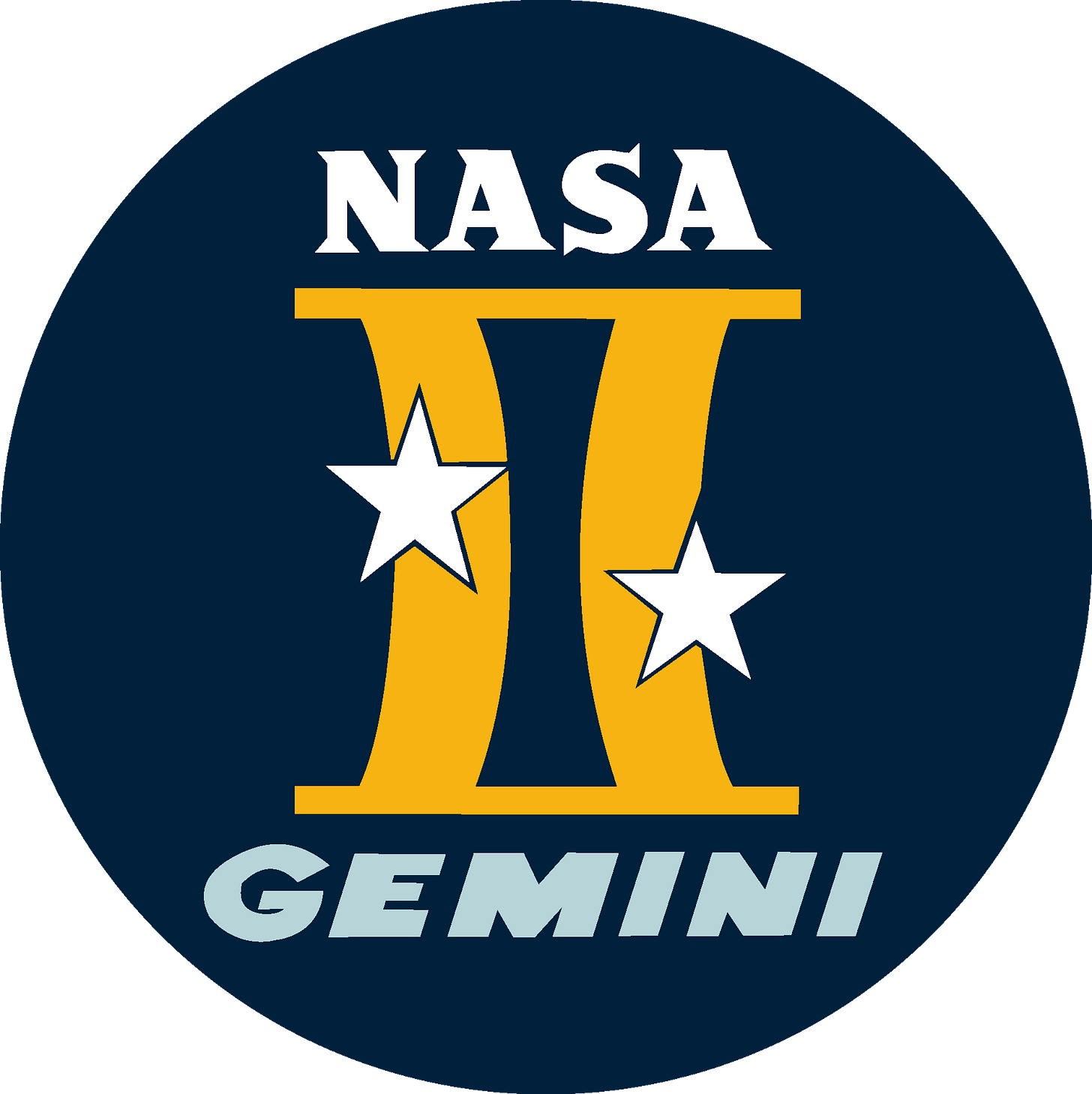Project Gemini: The Shoehorn Space Program
A space program that made going to the Moon possible
via Thomas Leckwold, Pegasus Research (excerpt)
The first manned U.S. space missions began with Project Mercury, which ran from 1958 to 1963, culminating in the first crewed flight on May 5, 1961.
On May 25, 1961, President John Kennedy announced to a joint session of Congress that the U.S. would commit to landing a man on the Moon and returning the crew safely to Earth before the end of the decade.
This ambitious goal would be less than 9 years after the U.S. had succeeded in putting a man into space for a total of 15 minutes and 28 seconds.
The space race, which had begun with the Soviet launch of Sputnik in October 1957, had evolved into a competition between the Soviet Union and the United States to reach the Moon.
Following Kennedy's announcement, what would eventually become Project Apollo was initiated in 1961.
However, neither Mercury nor Apollo could adequately address the challenges of reaching the Moon.
To achieve this objective, a new program was necessary to bridge the capability gap of Mercury and the knowledge gap of Apollo.
This program became known as Project Gemini.
Project Gemini was established in December 1961 to fill the gaps necessary for reaching the Moon.
NASA identified several goals that needed to be addressed—goals that Mercury could not resolve but would be essential for the Apollo program.
These goals were determined to be the following:
Long endurance spaceflight
Rendezvous
Docking
Extra Vehicular Activity
A round-trip for a Moon mission would take a minimum of 8 days and up to 14 days, so Gemini needed to demonstrate that a crew and spacecraft could operate in space for that duration.
The longest Mercury flight was the final mission of the program, Faith 7, which was piloted by L. Gordon “Gordo” Cooper and lasted for 34 hours and 19 minutes.
The Mercury spacecraft was nearing the limit of its durability to remain in orbit during Faith 7, primarily due to battery power constraints, and could not be sufficiently modified to test the long-duration flights required for a Moon mission.
Not only did the basic requirements for electrical power and life support need to be extended, …



